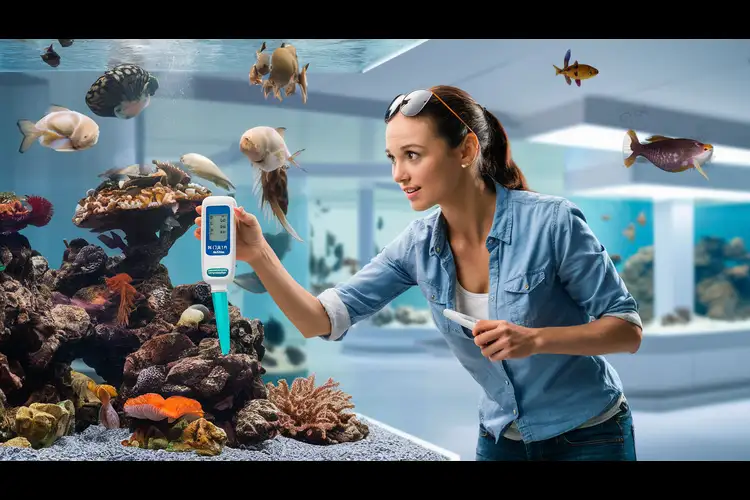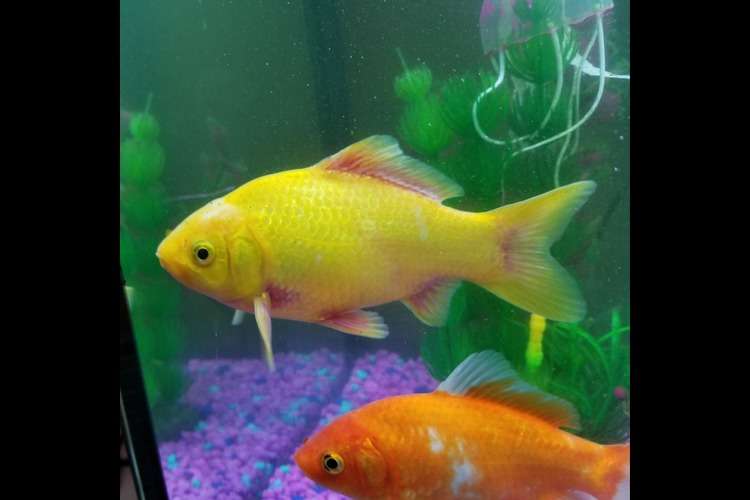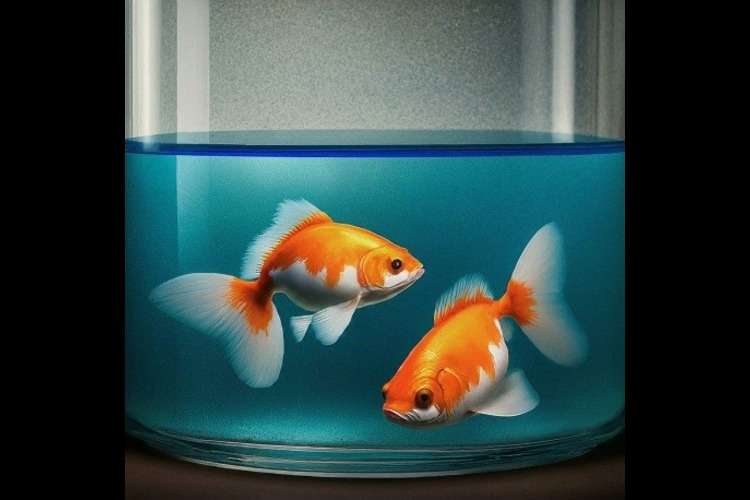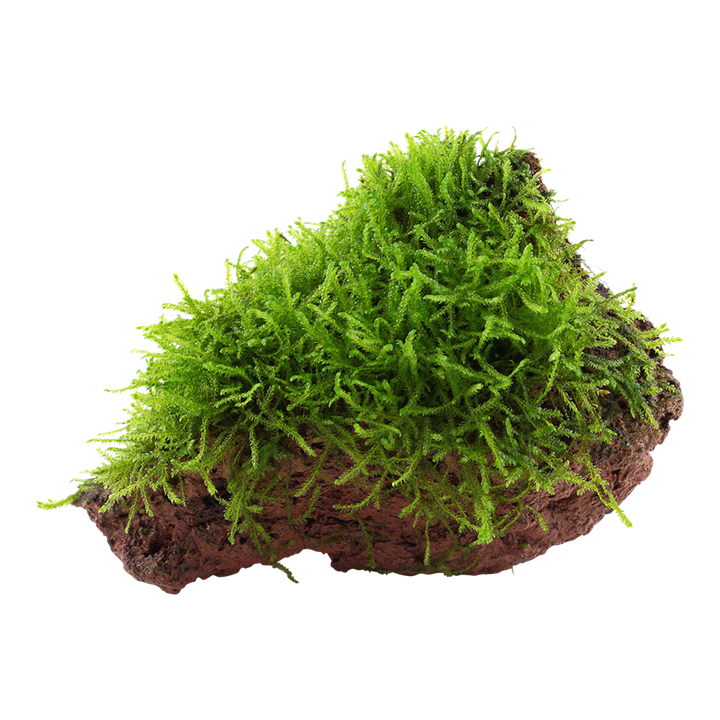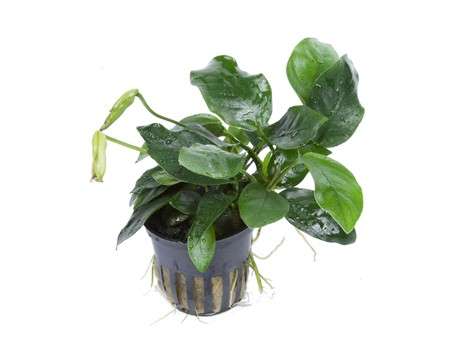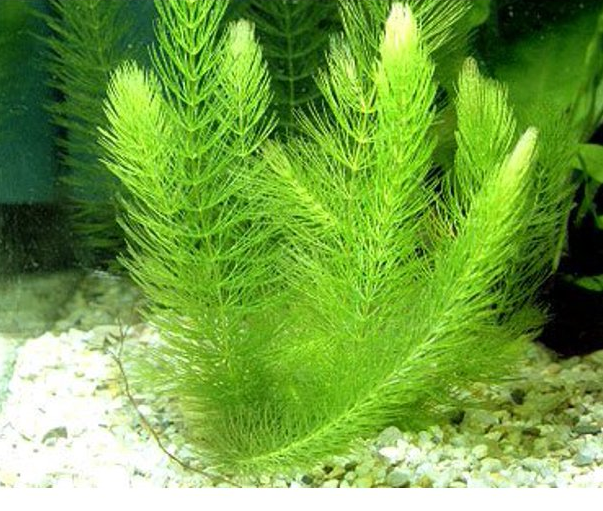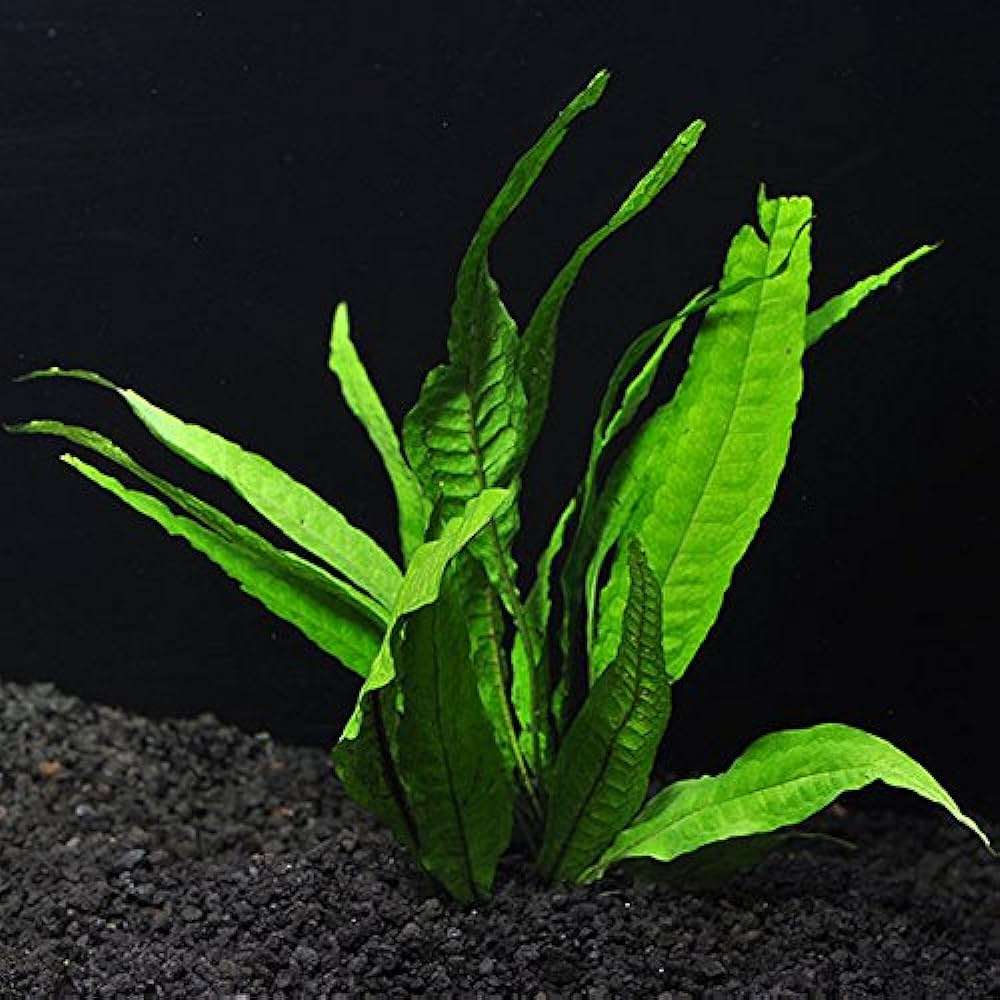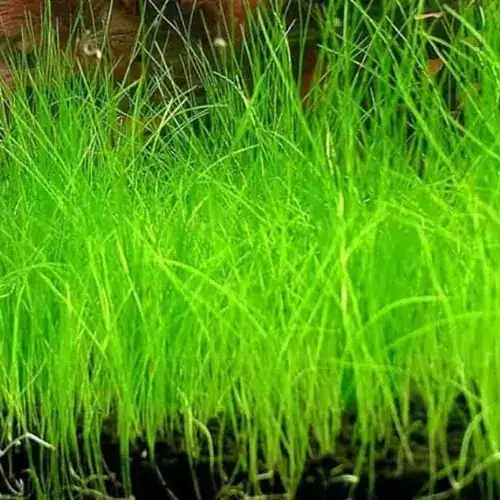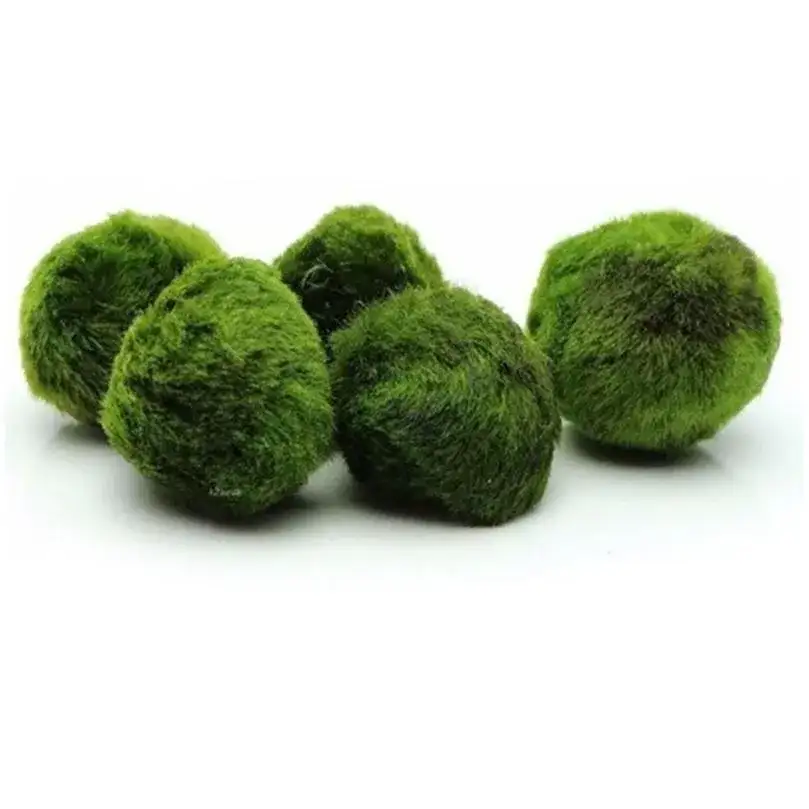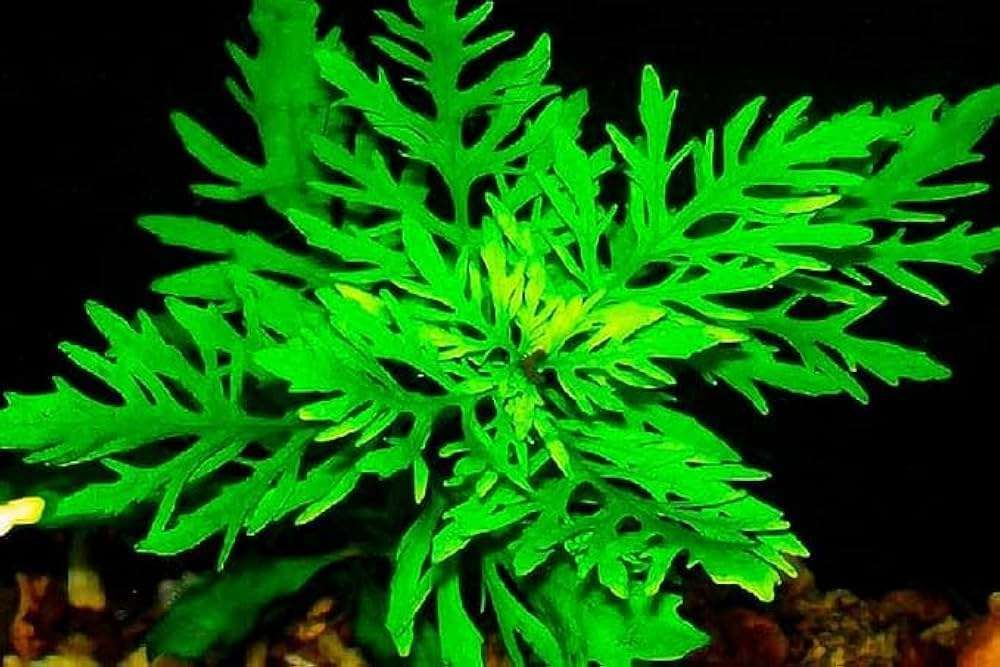Water Buddies: The Anatomy of a Healthy Aquarium
Learn how to maintain a thriving fish tank with tips on water quality, filter cleaning, lighting, and feeding. Keep your aquarium in top shape with these essential practices.
Table of Contents
- Understanding the Nitrogen Cycle: The Heart of Water Quality
- Biological Filtration Optimization: More than just cleaning
- Deep-Cleaning Without Overdoing It: Substrate Care
- Water Chemistry: More Than pH and Nitrates
- Lighting: Balancing for Health, Not Just Aesthetics
- Controlling Algae: Prevention is better than cure
- Feeding: The Science of Proper Nutrition
- Temperature Control: The Silent Influencer
- Routine Equipments Checking: How To Avoid Potential Failures
- Creating a Tank Maintenance Schedule: Being on Track
- Faq
- Conclusion
A fish tank is more than merely an ornamentation in the home. It is in fact an intricate, complex ecological ecosystem demanding commitment, balance, and continuous care to flourish. Healthily clear water; good performance of equipment; and a stable environment are all part of the intricate balance that supports fish life. Understand the science behind a healthy aquarium and save yourself from common pitfalls while creating a thriving habitat for your aquatic pets.
Understanding the Nitrogen Cycle: The Heart of Water Quality
The nitrogen cycle is the process by which toxic substances like ammonia are converted into nontoxic compounds. Fish excrete ammonia which, although necessary, at high concentrations is harmful. Beneficial bacteria in your filter and substrate convert ammonia to nitrites, which are further converted into nitrates, a less harmful substance, thus not harming your fish. Nitrate levels in water can be maintained by regular changes.
Tip: Don't overstock the fishes because overstocking at one time will shock the system, which causes spikes in ammonia and nitrites. Stock fish slowly so that they allow the bacteria to grow and adjust to the tank's bio-load.
Biological Filtration Optimization: More than just cleaning
It does more than just filter out the visible debris, however. Your filter is an integral part of your biological filtration system in your tank. Biological filtration depends on health and purity of the beneficial bacteria, which break down waste products. Colonies thrive only in a steady environment, and thus frequent or chlorinated tap water cleanings of the filter damage these vital colonies.
Tip: Clean your filter media in aquarium water, not tap water, to preserve beneficial bacteria. If you’re replacing any part of your filter, try to do so gradually over several weeks to avoid disturbing the bio-filter.
Deep - Cleaning Without Overdoing It: Substrate Care
While cleaning the substrate of a tank can seem easy enough, in reality, it is easy to really overdo it and cause the damage. Substrate, in either sand or gravel form, supports beneficial bacteria and other microorganisms that help break down waste. So when vacuuming substrate, do it gently and not necessarily disturb the deeper layers unless absolutely necessary.
Tip: Use a siphon to clean the substrate, but do not stir up debris too vigorously. A thin layer of organic matter in the substrate is very beneficial to the ecosystem, as it provides food for your invertebrates and some species of fish.
Water Chemistry: More Than pH and Nitrates
A lot of people believe just checking the pH, nitrate, and ammonia will do the trick for water quality. While these indeed play huge roles in fish health, your water's hardness (GH) and alkalinity (KH) go a long way in determining overall health of your tank. GH's concentration of calcium and magnesium ions is crucial for bone structure, while KH prevents abrupt pH swings that can be stressful for your fish.
Tip: Really invest in a water test kit that monitors GH, in addition to the usual pH, ammonia, nitrite, and nitrate readings. When you know all your water's chemistry in gory detail, you are able to dial in conditions for specific species.
Lighting: Balancing for Health, Not Just Aesthetics
Proper lighting does more than just highlight the beauty of your fish tank. It also affects the overall health of your tank's ecosystem, especially if you use live plants. Overexposure to light can trigger excessive algae growth, while inadequate lighting will hinder the growth of live plants, leading to an imbalanced tank.
Tips: Use a timer to control your tank lights for a day-night cycle. Provide limited light exposure, such as 8-10 hours per day, depending on the needs of your plants and fish varieties.
Controlling Algae: Prevention is better than cure
Algae, though part of a natural ecosystem of an aquarium, can soon get out of hand if not controlled. However, rather than leaving it up to algae-eating species like snails or certain fish, prevention is the key and mainly achieved by regulating light and nutrient levels.
Tip: Maintain low phosphate levels, as one of the preferred food sources for algae is phosphates. Avoid overfeeding and clean up any uneaten food right away since it serves as a fertilizer for algae. Algae often need to be manually removed from the glass with an algae scraper or a magnetic cleaner.
Feeding: The Science of Proper Nutrition
While it sounds intuitive to believe that feeding your fish more ensures their well-being, overfeeding is perhaps one of the most common causes of poor quality water. Decaying food turns into waste, and ammonia levels rise, further harming the fish and the overall tank environment. The requirements vary from species to species, and a balance in nutrition is the key to their longevity.
Tip: Feed your fish in small amounts several times a day, rather than one large feeding. And remember to vary the diet, flakes and pellets, frozen foods and live foods, depending on the needs of the species.
Temperature Control: The Silent Influencer
Temperature is one less obvious but all-important parameter in maintaining a healthy aquarium. Fish thrive over a narrow temperature range, and a deviation of a few degrees may still cause the fish stress, weaken their immune response, and make them more susceptible to disease. Heaters may fail, and cool drafts can very quickly drop the temperature.
Tip: Use a reliable thermometer and set your heater to the required temperature range depending on your fish. For bigger tanks, use a good quality heater with the thermostat installed and observe it as frequently as possible for consistent performance.
Routine Equipments Checking: How To Avoid Potential Failures
Aquarium equipment does not last lifetime. Filters, heaters, air pumps, and lights eventually deteriorate over time and might malfunction with some problems not seen until too late. Check them often for signs of wear, leaks, or malfunction.
Tip: Stock spare parts of the crucial parts of the equipment such as heaters and filters. Carry out an inspection check-up every month to ensure all parts are functioning.
Creating a Tank Maintenance Schedule: Being on Track
The key to maintaining a thriving aquarium is consistency. A schedule guarantees nothing will be overlooked. It should include daily activity such as feeding, checking equipment; tests of water and glass cleaning on weekly basis and water change, deep substrate cleaning, and media filter in monthly bases.
Tip: Create a list of maintenance to be done on your tank, using a checklist or any available app. These will remind you of all the important tasks and keep your aquarium in good shape.
Faq
1. What is the nitrogen cycle?
The nitrogen cycle converts toxic ammonia from fish waste into less harmful compounds, ensuring water quality.
2. How to optimize biological filtration?
Clean filter media in aquarium water and replace parts gradually to maintain beneficial bacteria.
3. How to clean aquarium substrate properly?
Use a siphon gently, avoiding disturbing deep layers to protect beneficial bacteria.
4. What other water parameters should I check?
Monitor water hardness (GH) and alkalinity (KH) along with pH, ammonia, and nitrates for healthy fish.
5. How to balance aquarium lighting?
Use a timer for 8-10 hours of light daily to avoid algae and promote plant growth.
6. How to control algae growth?
Prevent algae by limiting light, removing uneaten food, and keeping phosphate levels low.
7. How should I feed my fish?
Feed small amounts several times a day, and vary their diet with flakes, pellets, and occasional live food.
8. Why is temperature control important?
Fish need stable temperatures to avoid stress and disease. Use a thermometer and heater for consistency.
9. How to prevent equipment failures?
Inspect equipment regularly for wear, and keep spare parts on hand for quick repairs.
10. How to create a maintenance schedule?
Set daily, weekly, and monthly tasks for feeding, testing, and cleaning to maintain a healthy tank.
11. What are key components for a healthy aquarium?
Proper water chemistry, filtration, lighting, temperature, and regular maintenance are crucial.
!2. What happens if I overstock my aquarium?
Overstocking can lead to harmful spikes in toxins. Stock fish slowly to allow the system to adjust.
Conclusion
A balanced fish tank requires deeper knowledge about the subconscious aspects of the aquatic ecosystem rather than surface-level tasks. You ought to ensure that all components you install in your aquarium be oriented at best angle for water chemistry, filtration, temperature control, and lighting. A holistic approach to aquarium care will enable you to create a swimming environment where your fish thrive well, and your tank remains a vibrant, serene area of your home.



